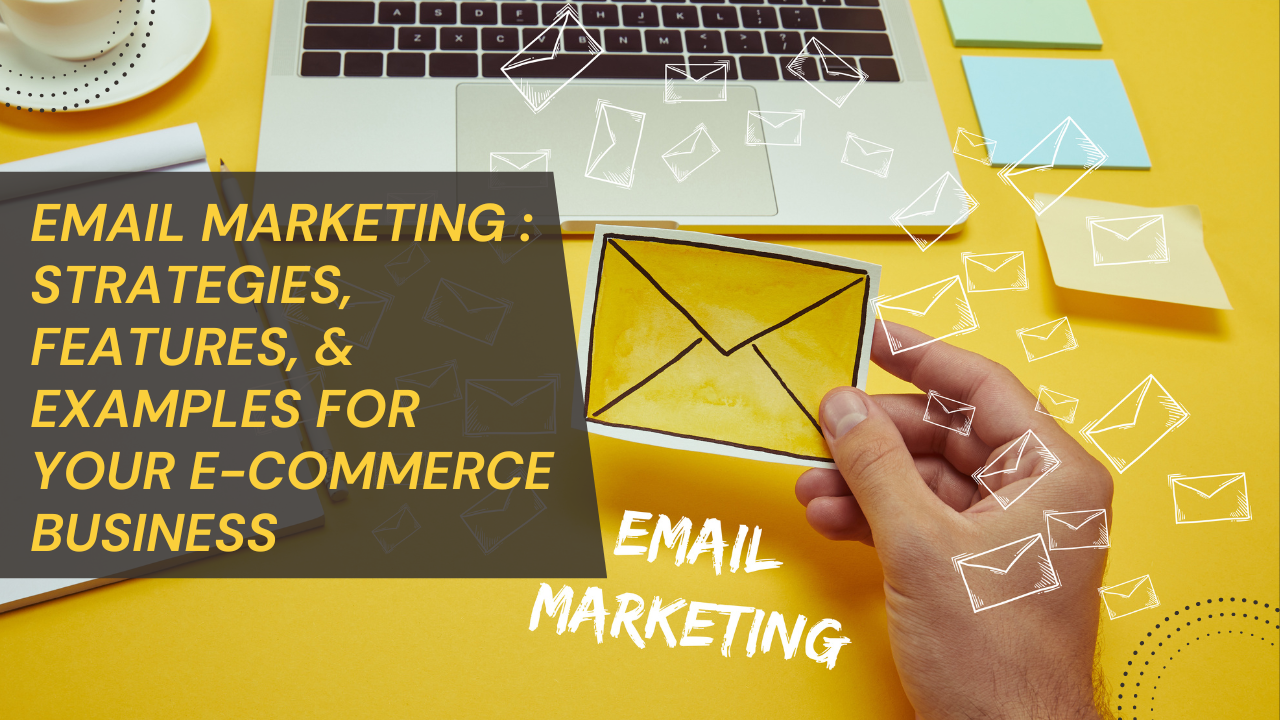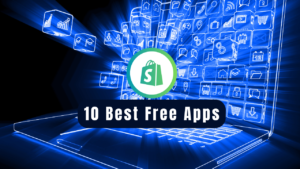
You can never go wrong with email marketing. A powerful and often overlooked tool for startups. While social media trends may come and go, email provides a direct connection with your audience, keeping brand loyalty and driving sales.
Introduction
Email marketing isn’t just about blasting generic messages into the vast digital void. It’s a strategic, and carefully prepared series of interactions designed to capture attention, nurture interest, and ultimately convert browsers into loyal customers. This article delves into the world of e-commerce email marketing, exploring key strategies, essential features, and inspiring examples to propel your online business forward.
The Power of E-commerce Email Marketing
E-commerce email marketing boasts several advantages over other marketing channels:
High ROI: Email marketing delivers a phenomenal return on investment (ROI). Studies consistently show that email generates significantly more revenue per dollar spent compared to other channels.
Targeted Reach: Segmentation allows you to tailor emails to specific customer segments based on demographics, purchase history, and browsing behavior. This targeted approach increases engagement and conversion rates.
Direct Communication: Email establishes a direct line of communication with your audience. You can nurture leads, promote new products, share valuable content, and build lasting customer relationships.
Measurable Results: Unlike traditional marketing methods, email marketing offers a wealth of measurable data. Track open rates, click-through rates, and conversion rates to gain valuable insights into campaign performance and optimize future efforts.
Building Your E-commerce Email Marketing Strategy
With email marketing, a well-defined strategy is crucial. Here are the key steps to consider:
List Building: The foundation of your email marketing efforts lies in building a robust email list. Offer incentives like discounts or exclusive content in exchange for signups. Ensure clear opt-in procedures and prioritize permission-based marketing.
Segmentation & Personalization: Segment your email list based on demographics, purchase history, and browsing behavior. This allows for targeted messaging that resonates with individual customers, increasing engagement and sales.
Content is Everything: Craft compelling email content that informs, educates, and entertains your audience. Focus on providing value and avoid overly promotional emails.
Prioritize Automation: Utilize email automation tools to streamline your marketing efforts. Automate welcome emails, abandoned cart reminders, post-purchase follow-ups, and win-back campaigns.
Mobile Optimization: With the rise of mobile browsing, ensure your emails are optimized for viewing on smartphones and tablets. Use responsive design and clear calls to action (CTAs) for optimal user experience.
A/B Testing: Continuously test different elements of your email campaigns, such as subject lines, visuals, and CTAs. A/B testing helps you identify what resonates best with your audience and optimize future campaigns for better results.
Essential Features of E-commerce Email Marketing
Several key features contribute to a successful e-commerce email marketing strategy:
Compelling Subject Lines: Craft subject lines that are informative, intriguing, and encourage recipients to open your email. Personalization and a sense of urgency can further boost open rates.
High-Quality Design: Use professional-looking email templates that are visually appealing and consistent with your brand identity. Incorporate high-quality images and videos to showcase your products.
Clear Calls to Action: Tell your subscribers exactly what you want them to do with a strong and clear CTA button. Whether it’s “Sign up Now,” “Read More,” or “Get Your Discount,” make it easy for them to take action.
Preheader Text: The text displayed alongside the subject line in most email programs, gives recipients a quick glimpse of your email’s content. Use this valuable space to provide a concise preview of your email’s content and entice recipients to open it.
Measuring Success and Optimizing Campaigns
Tracking key metrics is essential to measure the success of your e-commerce email marketing campaigns. Here are some crucial metrics to consider:
Open Rate: The percentage of subscribers who open your email. A/B test subject lines and preheader text to improve open rates.
Click-Through Rate (CTR): The percentage of subscribers who click on a link within your email. Track CTAs and optimize email content and design for higher CTRs.
Conversion Rate: The percentage of clicks that result in a desired action, such as a purchase or signup. Analyze landing pages and optimize post-click experiences to improve conversion rates.
Unsubscribe Rate: The percentage of subscribers who choose to unsubscribe from your list. Monitor unsubscribe rates and identify areas for improvement to retain your audience.
By consistently monitoring these metrics and A/B testing different elements, you can continuously refine your e-commerce email marketing strategy and maximize its effectiveness.
Examples of E-commerce Email Marketing
Here are a few examples of effective e-commerce email marketing campaigns to inspire your strategy:
Welcome Series: Brands like Sephora use automated welcome series to introduce new subscribers to their brand story, popular products, and special offers. This fosters a positive first impression and encourages initial purchases.
Abandoned Cart Reminders: According to research, a significant portion of online shoppers abandon their carts before checkout. Brands like Asos send timely reminder emails featuring abandoned items and offering incentives to complete the purchase.
Win-Back Campaigns: Re-engage inactive subscribers with win-back campaigns. Birchbox might send an email with personalized product recommendations or a special discount to entice lapsed customers to return.
Post-Purchase Follow-Ups: Thank customers for their purchase and offer additional value. Beardbrand might send post-purchase emails with care instructions for purchased products or exclusive content related to their interests.
Re-stocked Inventory Alerts: Inform subscribers when out-of-stock items become available again.
E-commerce email marketing remains a powerful tool to drive sales, build brand loyalty, and create lasting customer relationships. By implementing the strategies, features, and tactics outlined above, you can use the power of email to put your online business on the map. Remember, the key lies in building a strong email list, segmenting your audience, crafting compelling content, and continuously optimizing your campaigns for peak performance. With a data-driven approach and a focus on providing value to your subscribers, your e-commerce email marketing efforts will eventually pay off, and turn your business into a powerful revenue generator.





